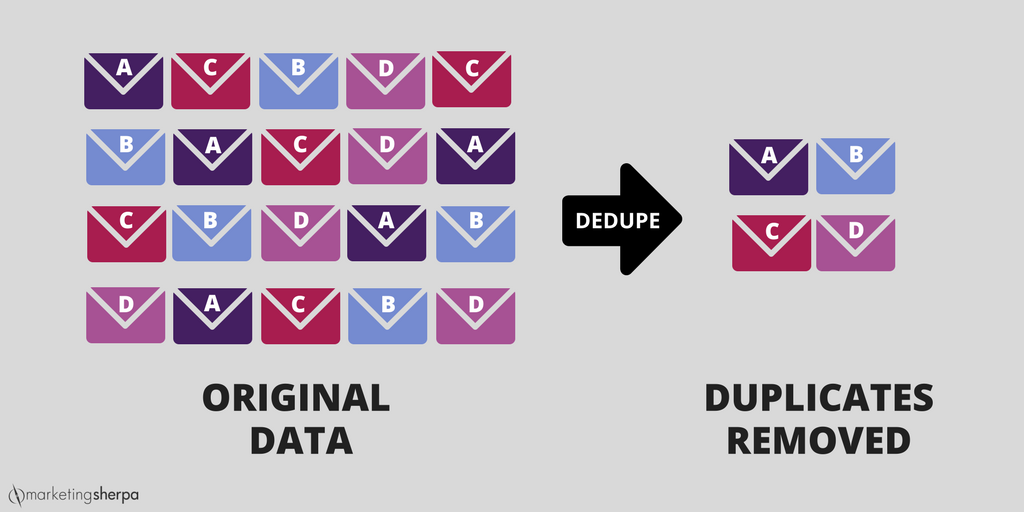Marketing 101: What are widows and orphans (in design)?
Marketing has a language all its own. This is our latest in a series of posts aimed at helping new marketers learn that language. What term do you find yourself explaining most often to new hires during onboarding? Let us know.
“Widows” and “orphans” sound incredibly morbid, and the designer who coined these terms was definitely a macabre lady or gent. However, it does accurately convey how seriously design lovers take this faux pas.
In typesetting, widows and orphans are lines at the beginning or end of a paragraph that are left dangling at the top or bottom of a column. This separates them from the rest of the paragraph and, generally speaking, is considered unpleasant looking by the design community.
I personally have experienced the woe of having an orphan and widow when working on a downloadable book with our design team. Reviewing the finished copy, the team was distressed over some parts of the copy that when put into the template, created these widows and orphans.













